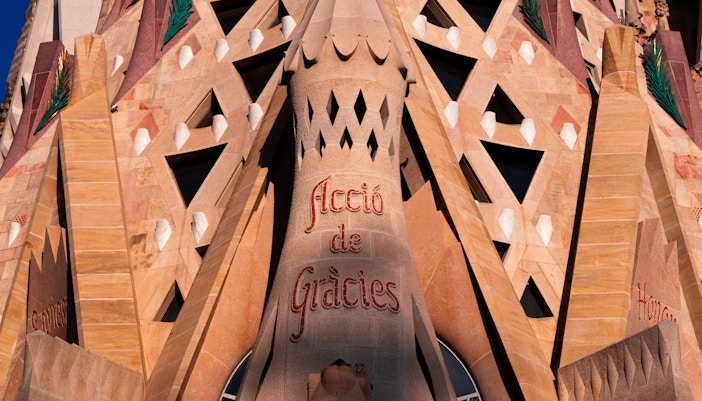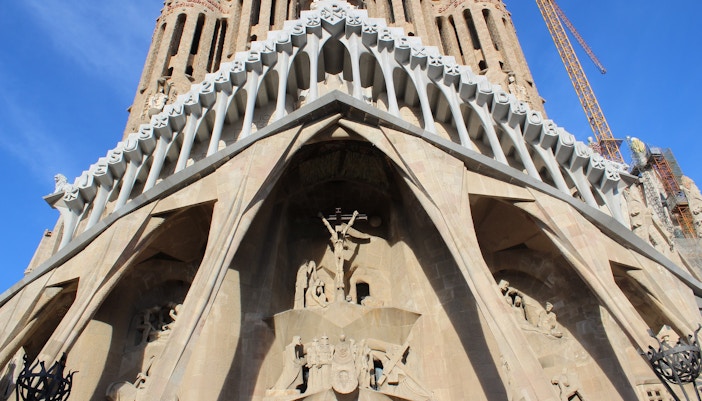The occurrence of the Spanish Civil War halted the construction of the Sagrada Família when a portion of the original plans designed by Gaudí was destroyed in a fire by revolutionaries in July 1936. The church is now the largest unfinished Roman Catholic church in the world. Completion of the structure is estimated for the year 2026 (Gaudí’s death centenary), following a delay due to the pandemic.
12 most surprising Sagrada Familia facts
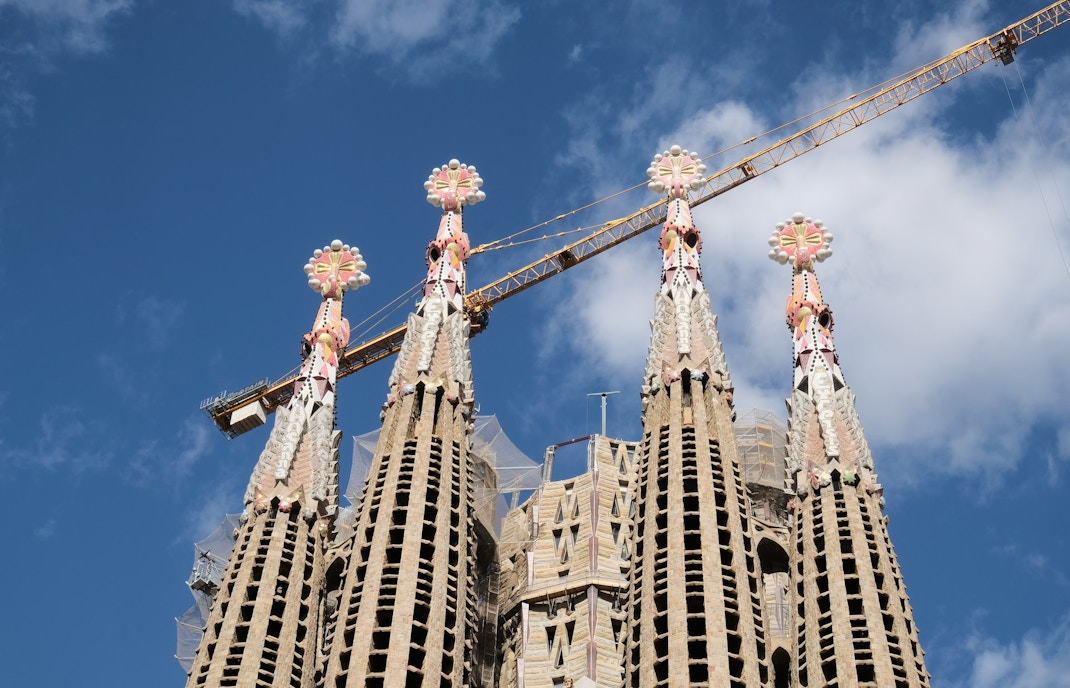
1. Sagrada Familia is an unfinished structure
Sagrada Familia History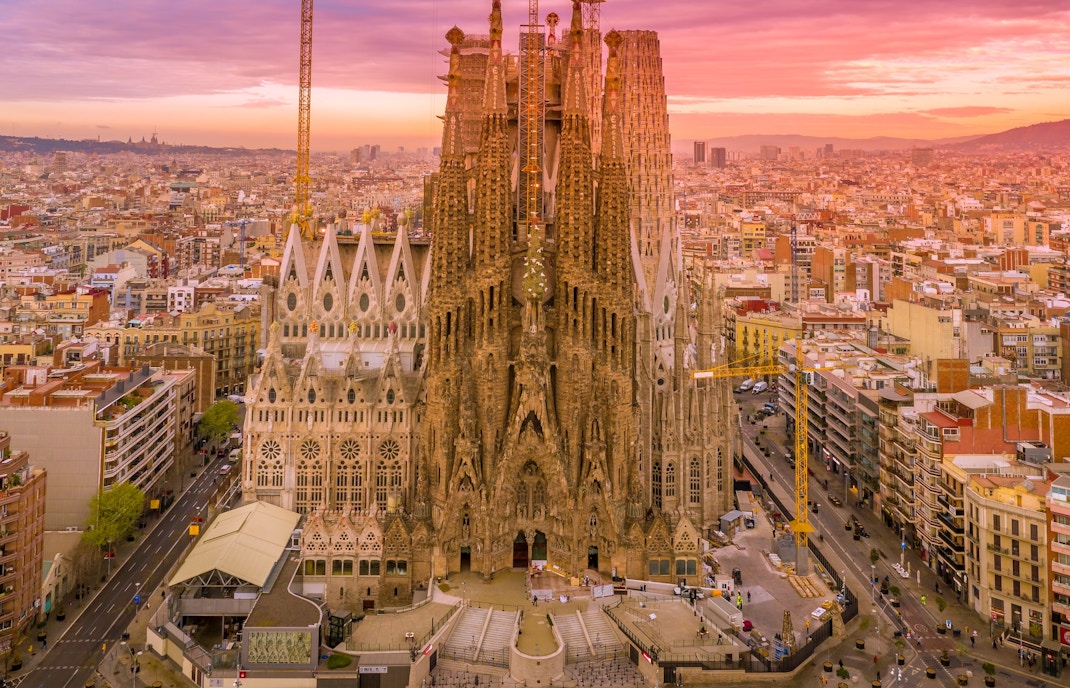
2. There is intense debate over its completion
Sagrada Familia Finish Date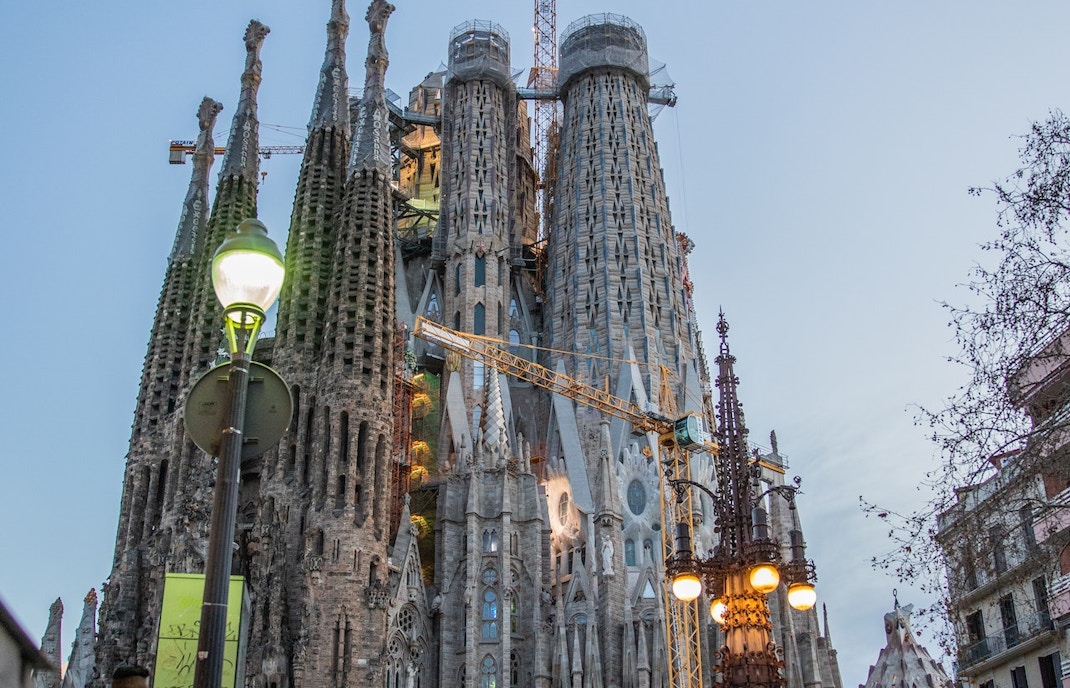
3. The current Chief Architect has been involved since 1990
Architects of Sagrada Familia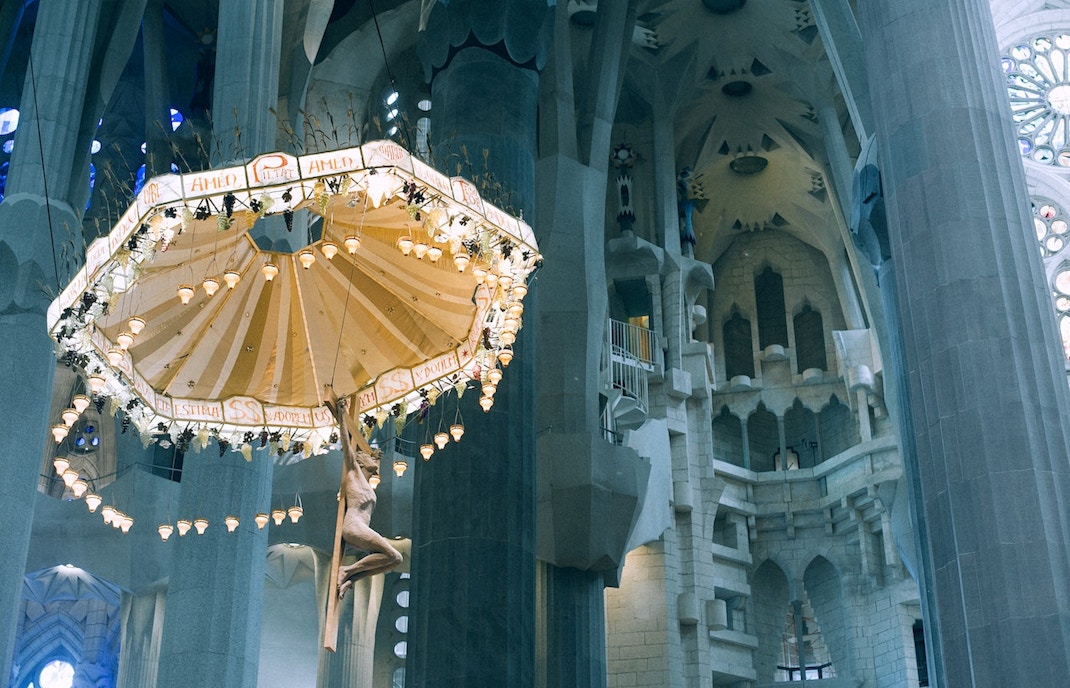
4. The church was the idea of a bookseller
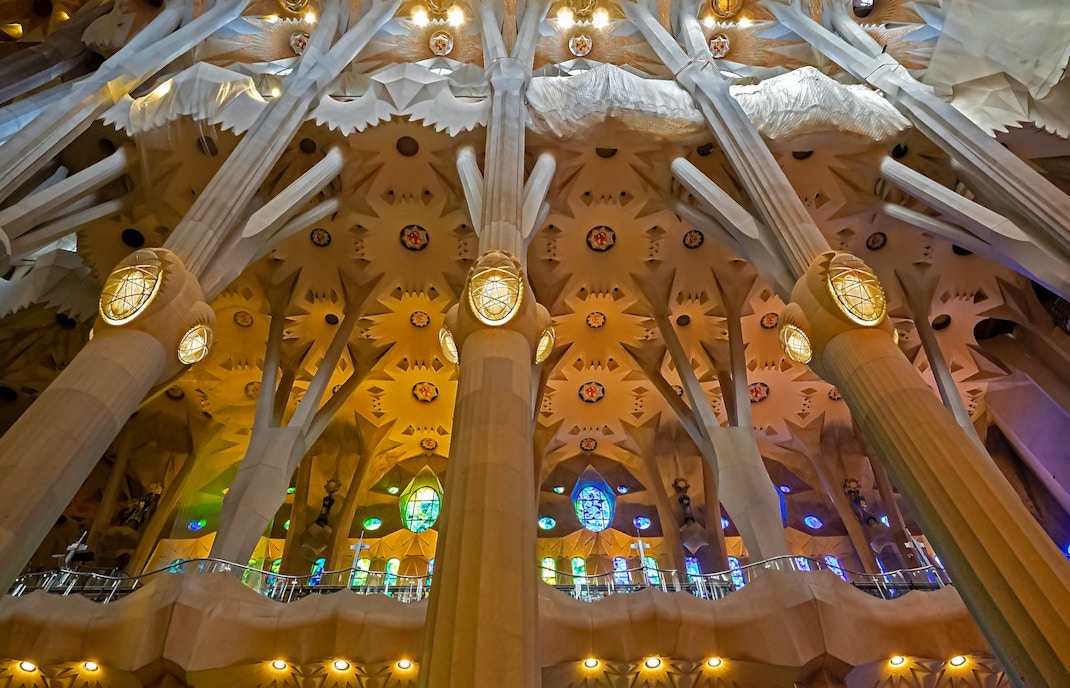
5. Gaudí was not the original Chief Architect
Gaudi's Barcelona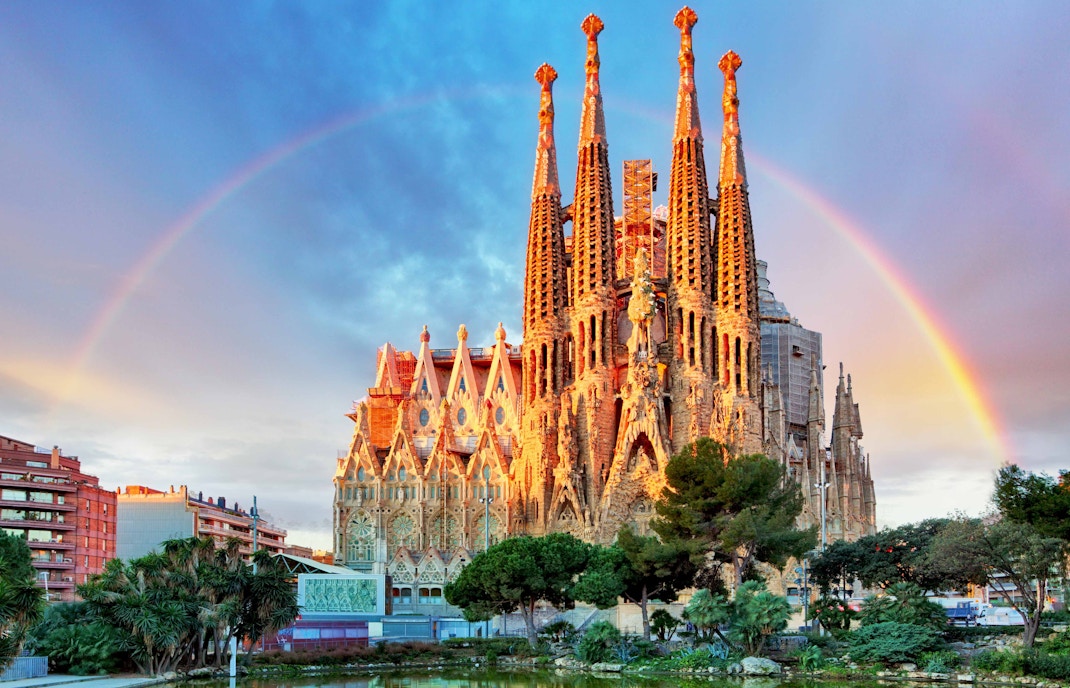
6. It is Barcelona’s number-one tourist attraction
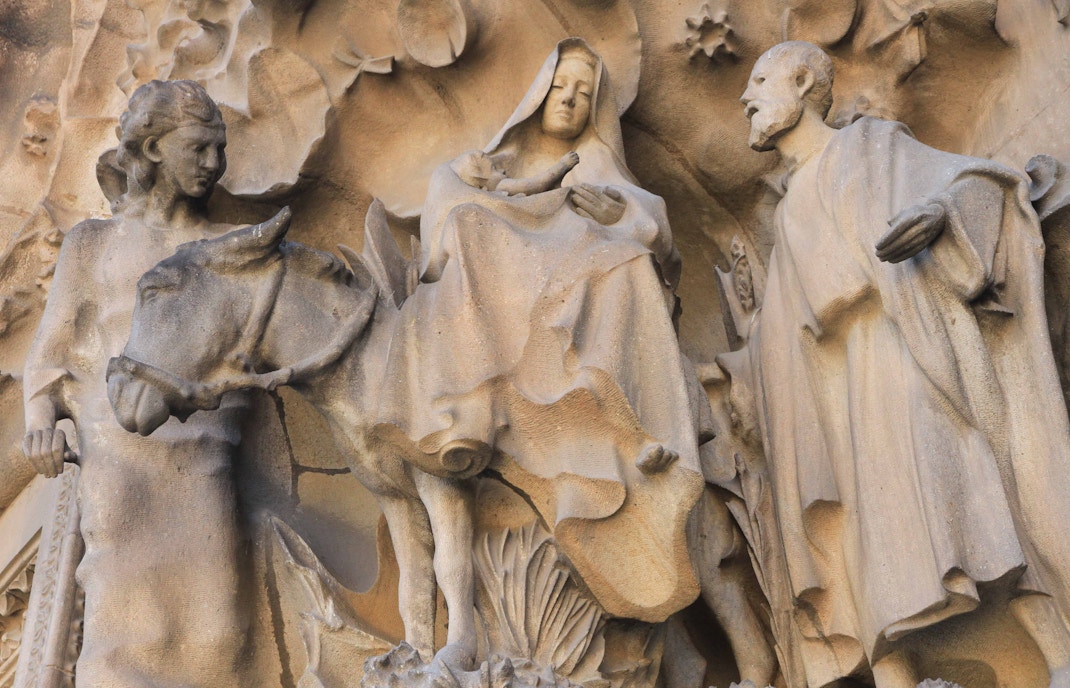
7. The church became Gaudí’s most prolific work
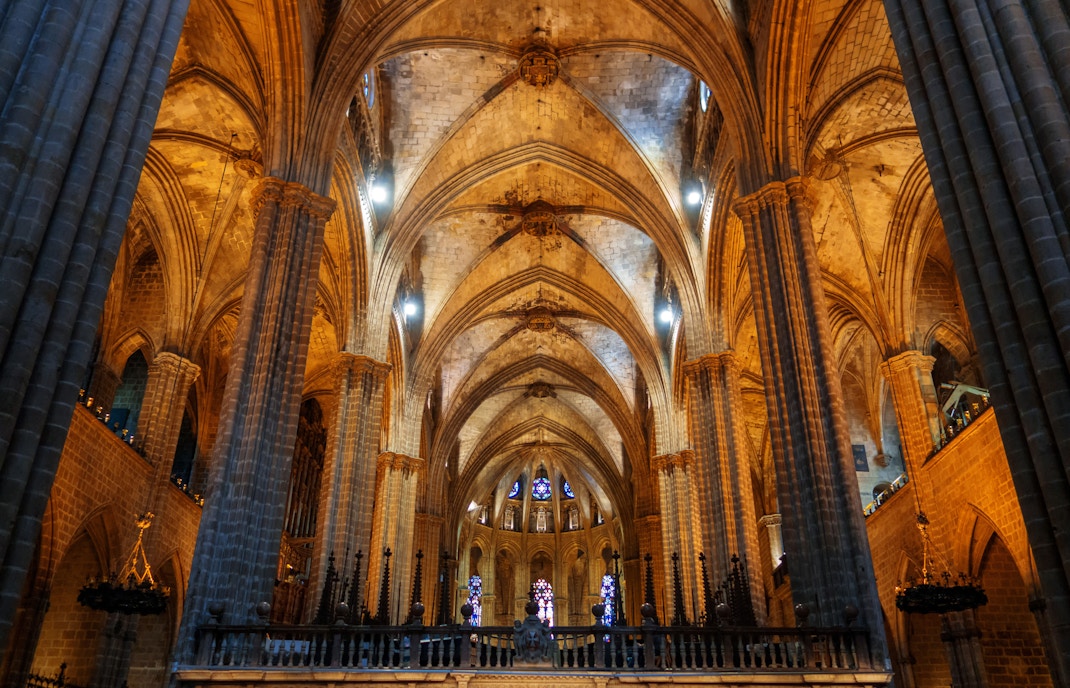
8. Sagrada Família is not Barcelona’s cathedral church
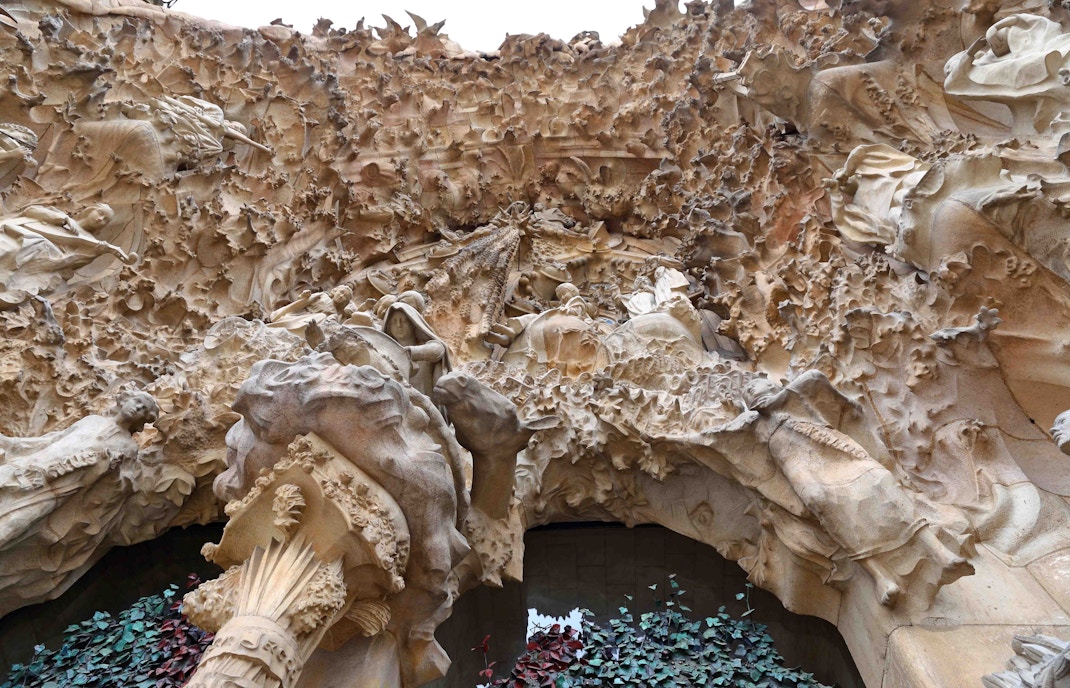
9. The church will have three façades
Explore the Sagrada Familia Facades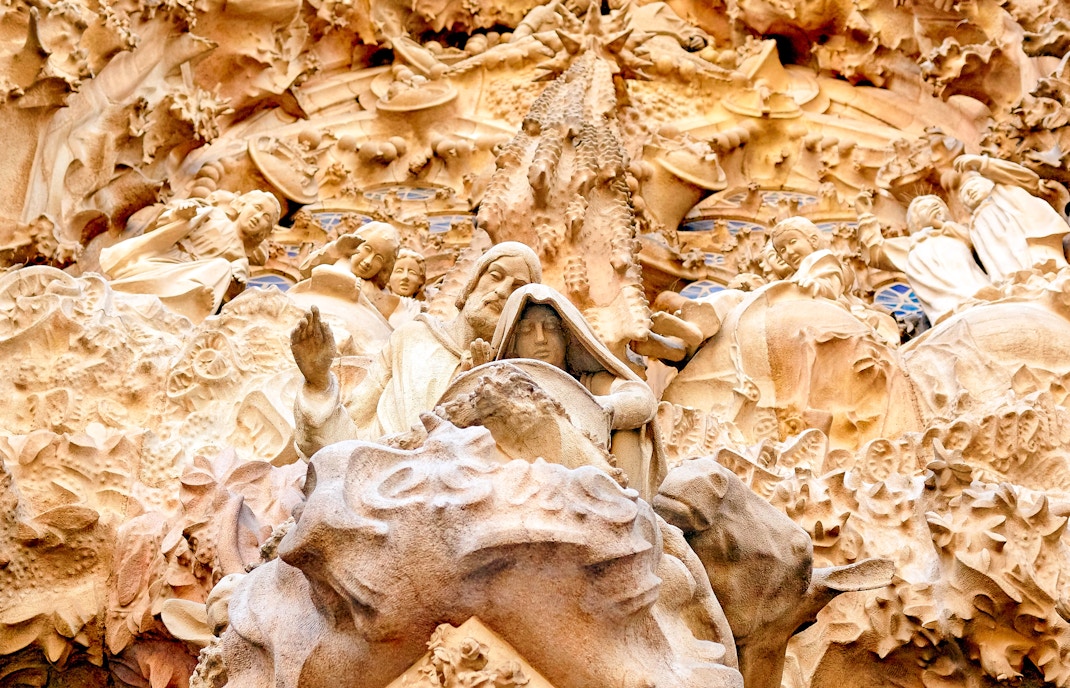
10. Part of the Sagrada Família Is a World Heritage Site
What's the Sagrada Familia Crypt?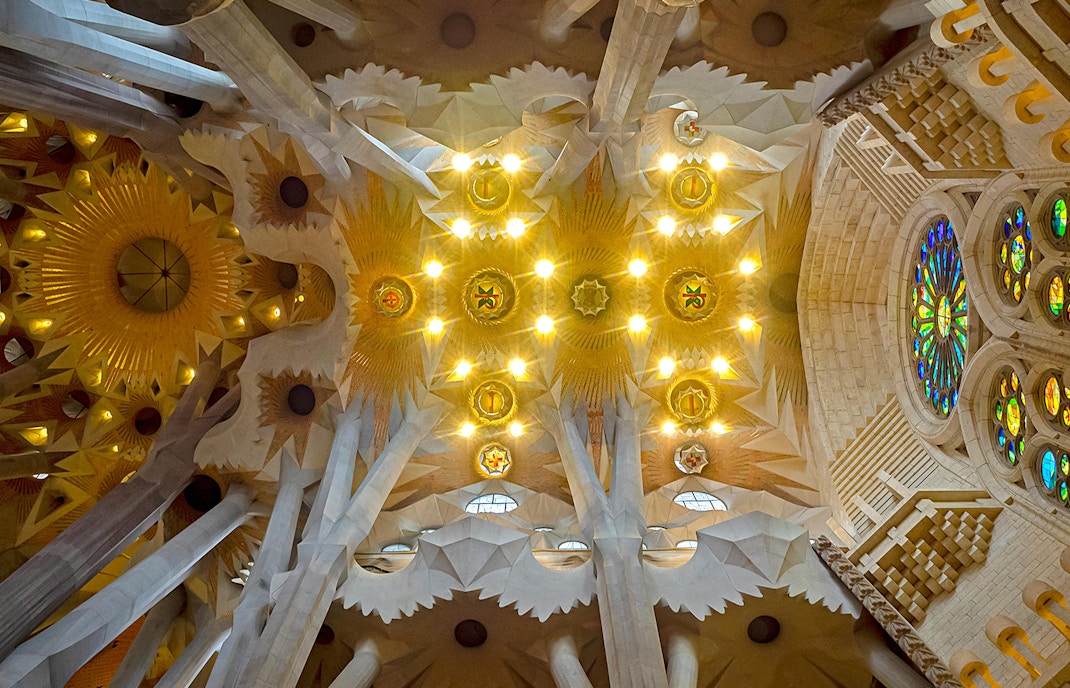
11. Geometric designs
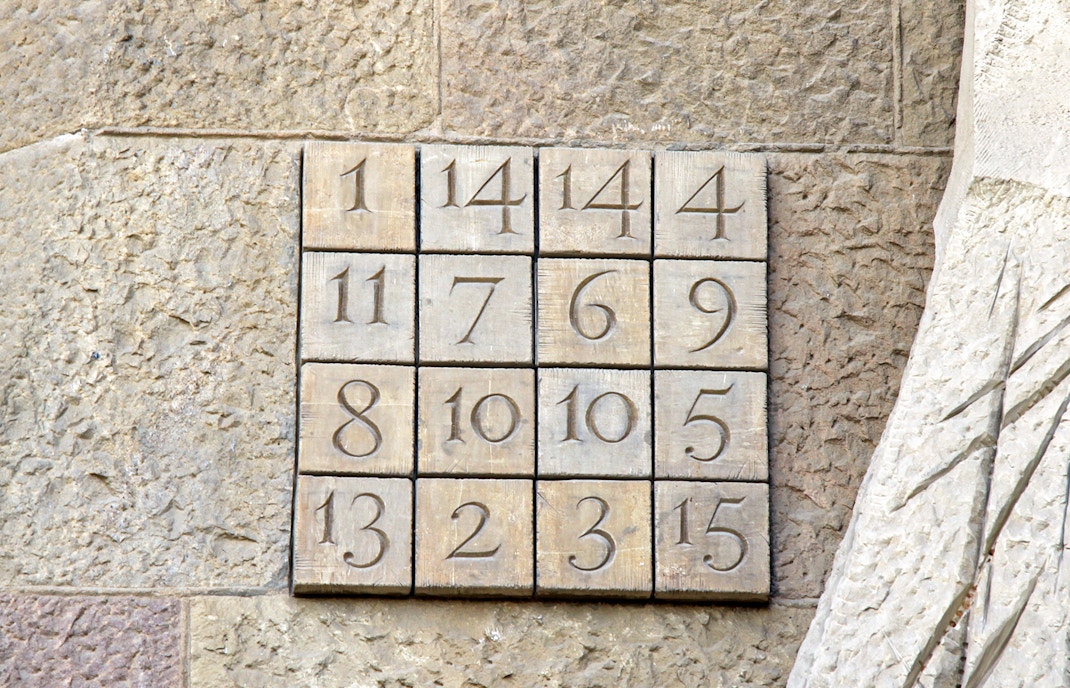
.jpeg?auto=format&w=702.4499999999999&h=401.4&q=90&ar=7%3A4&crop=faces&fit=crop)
